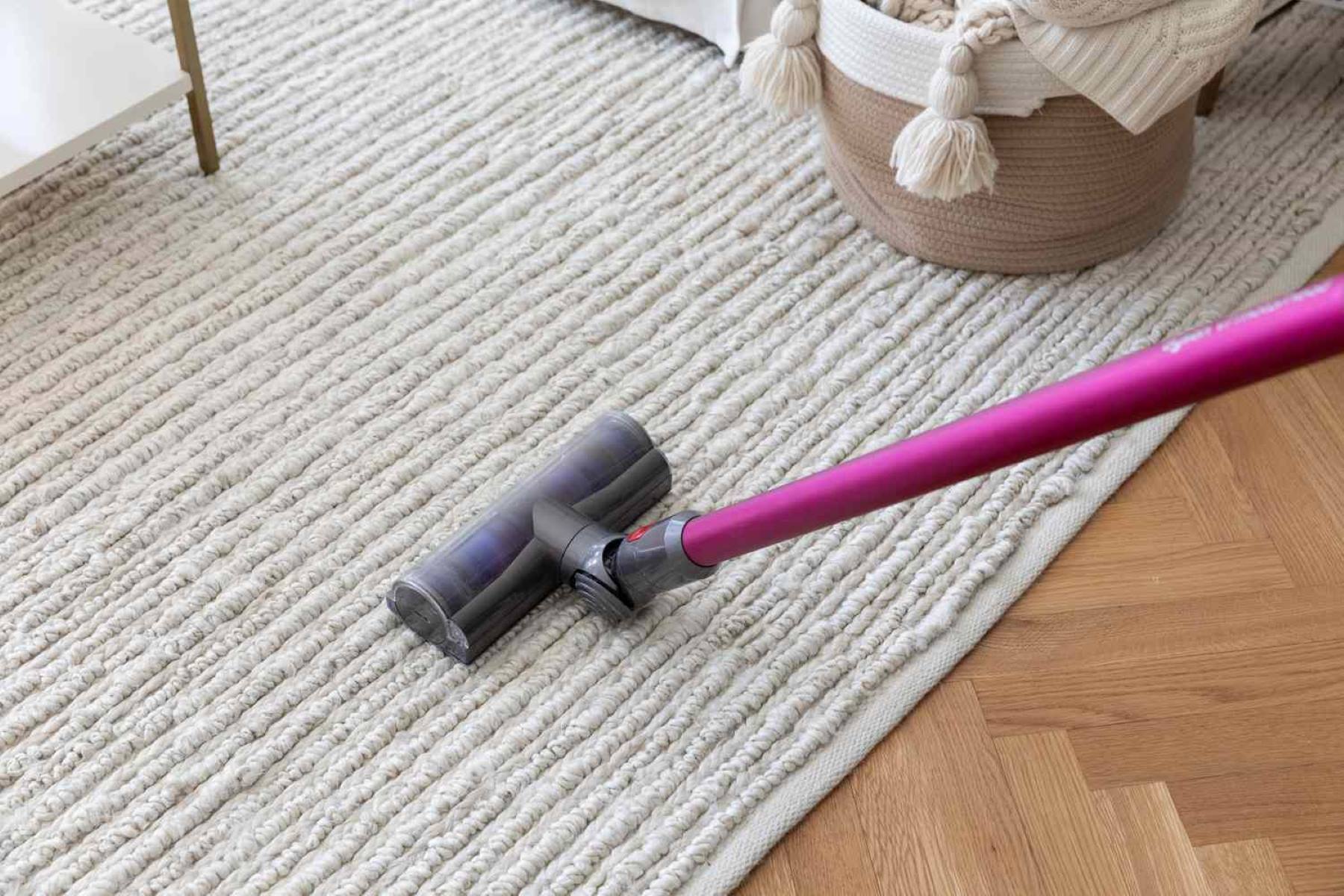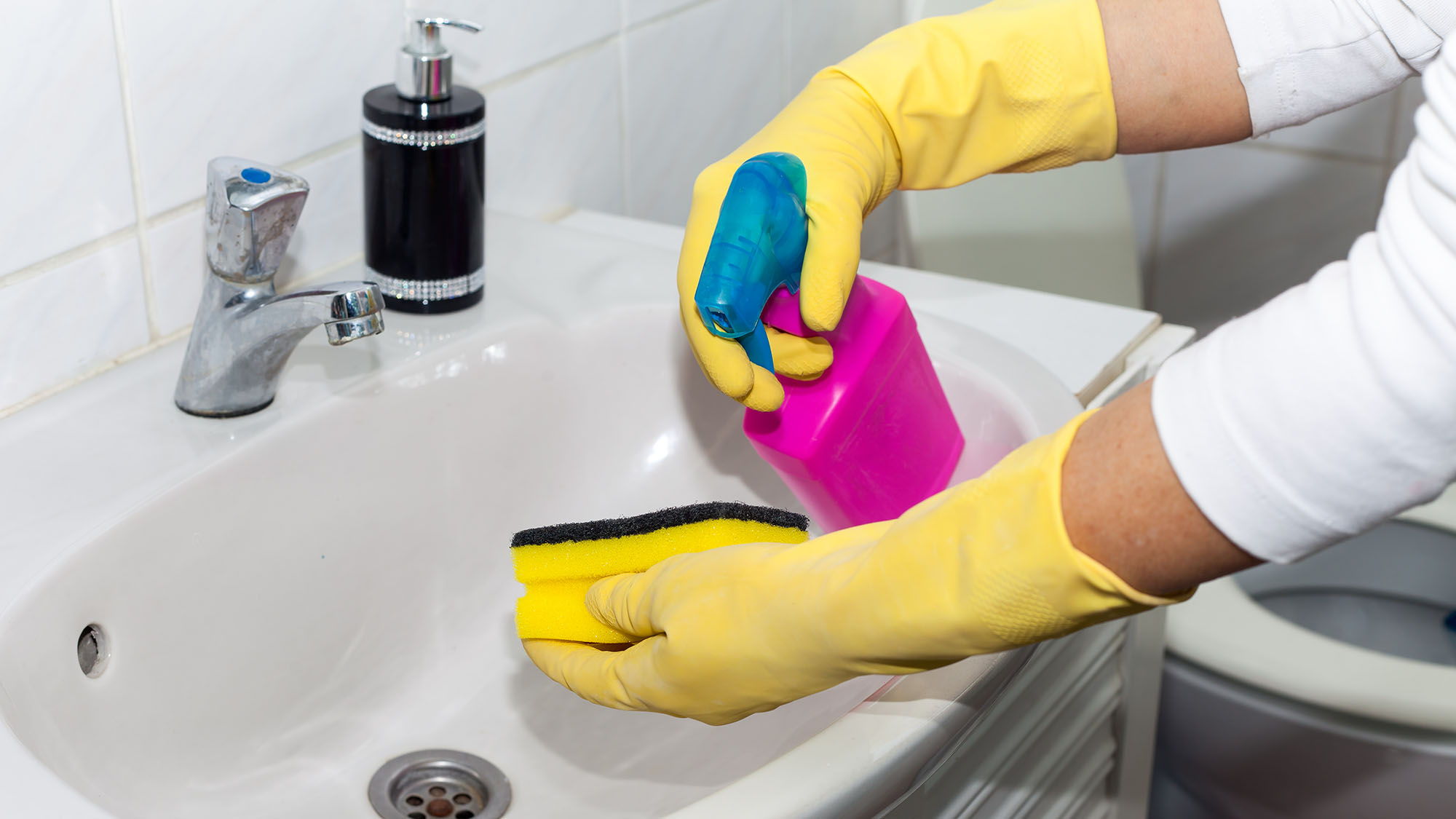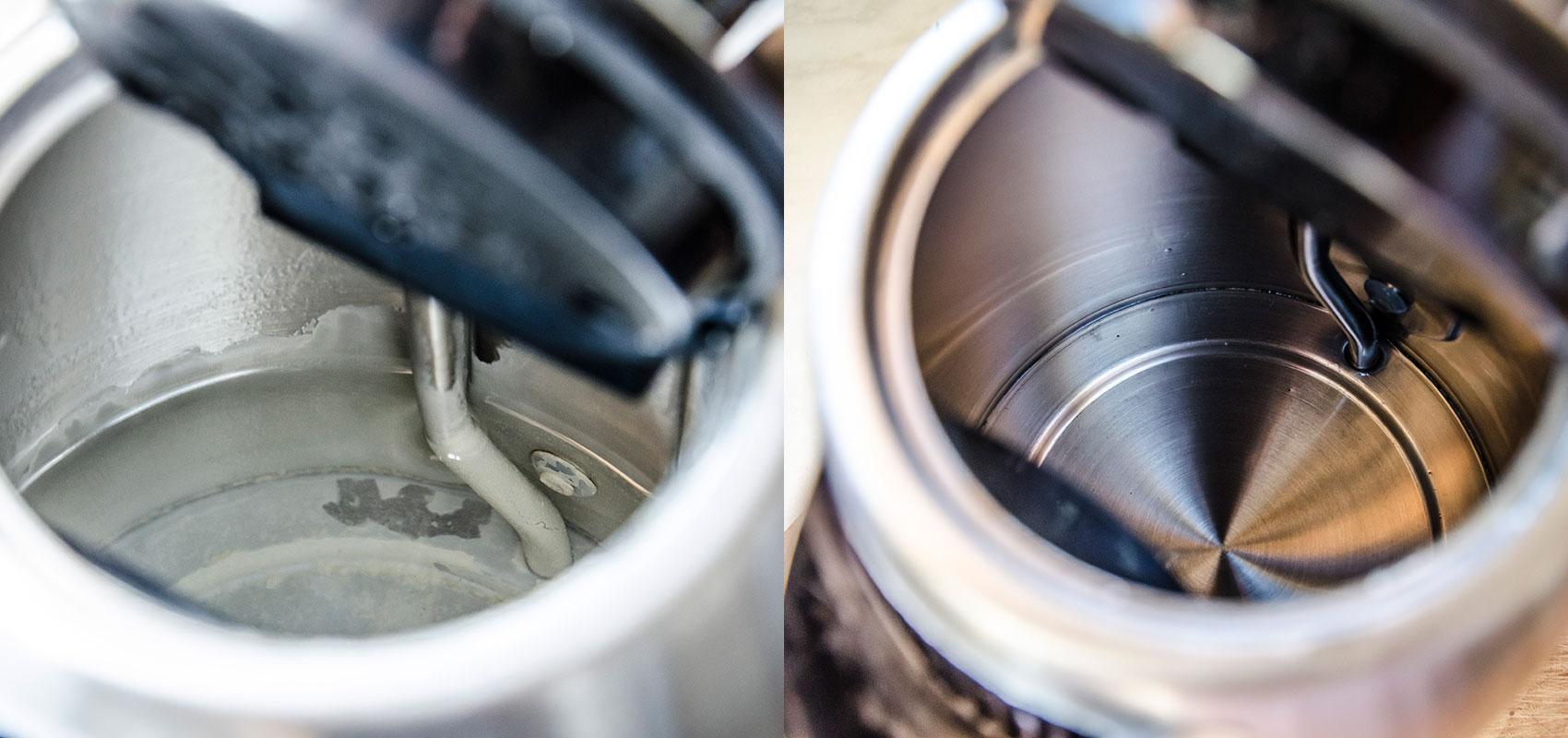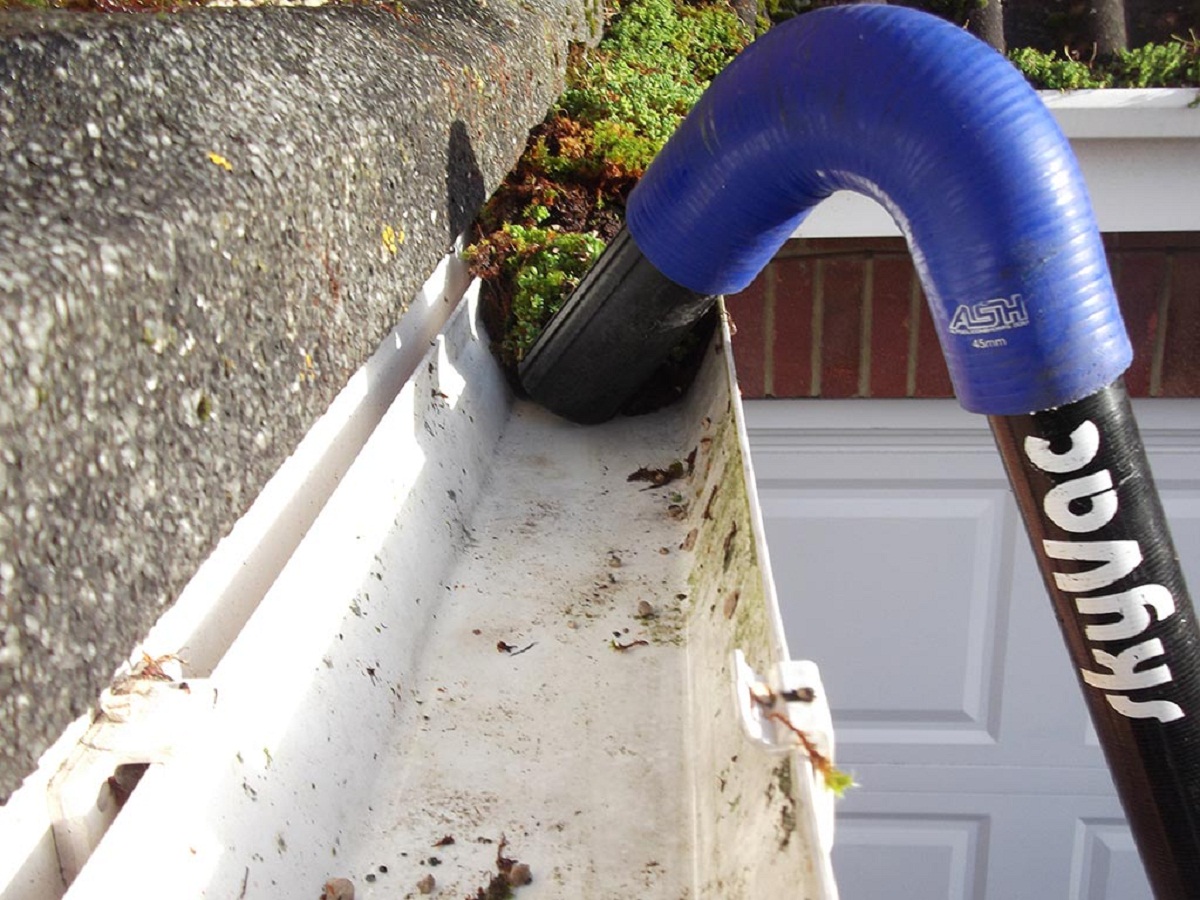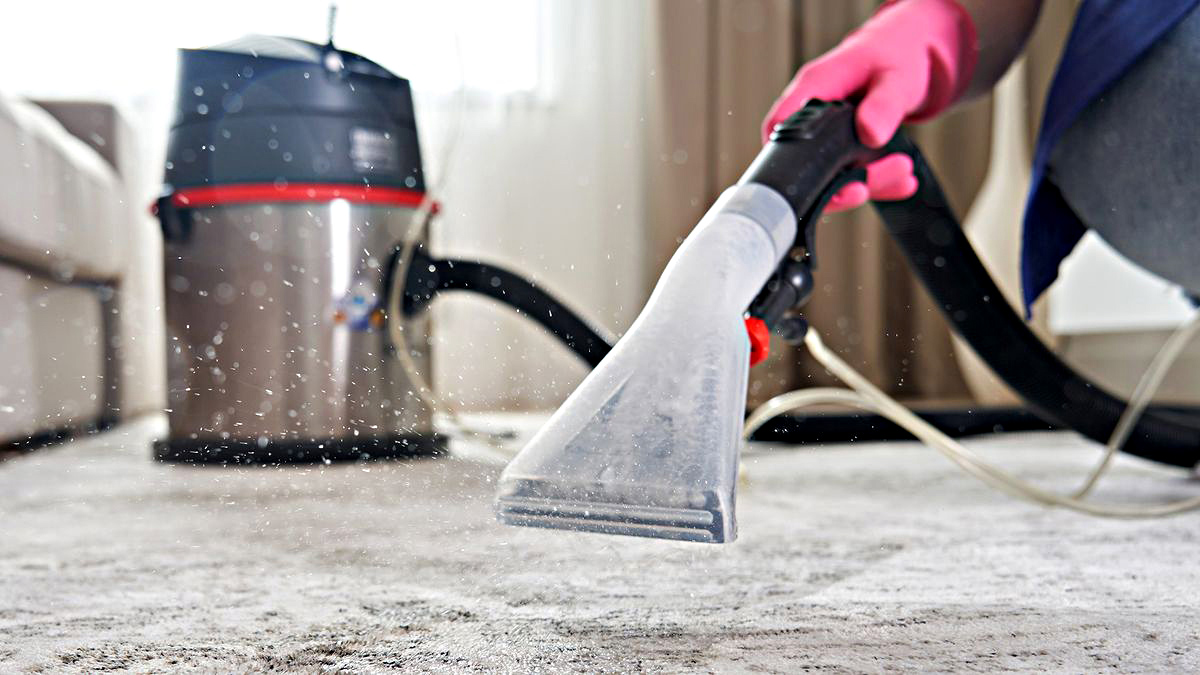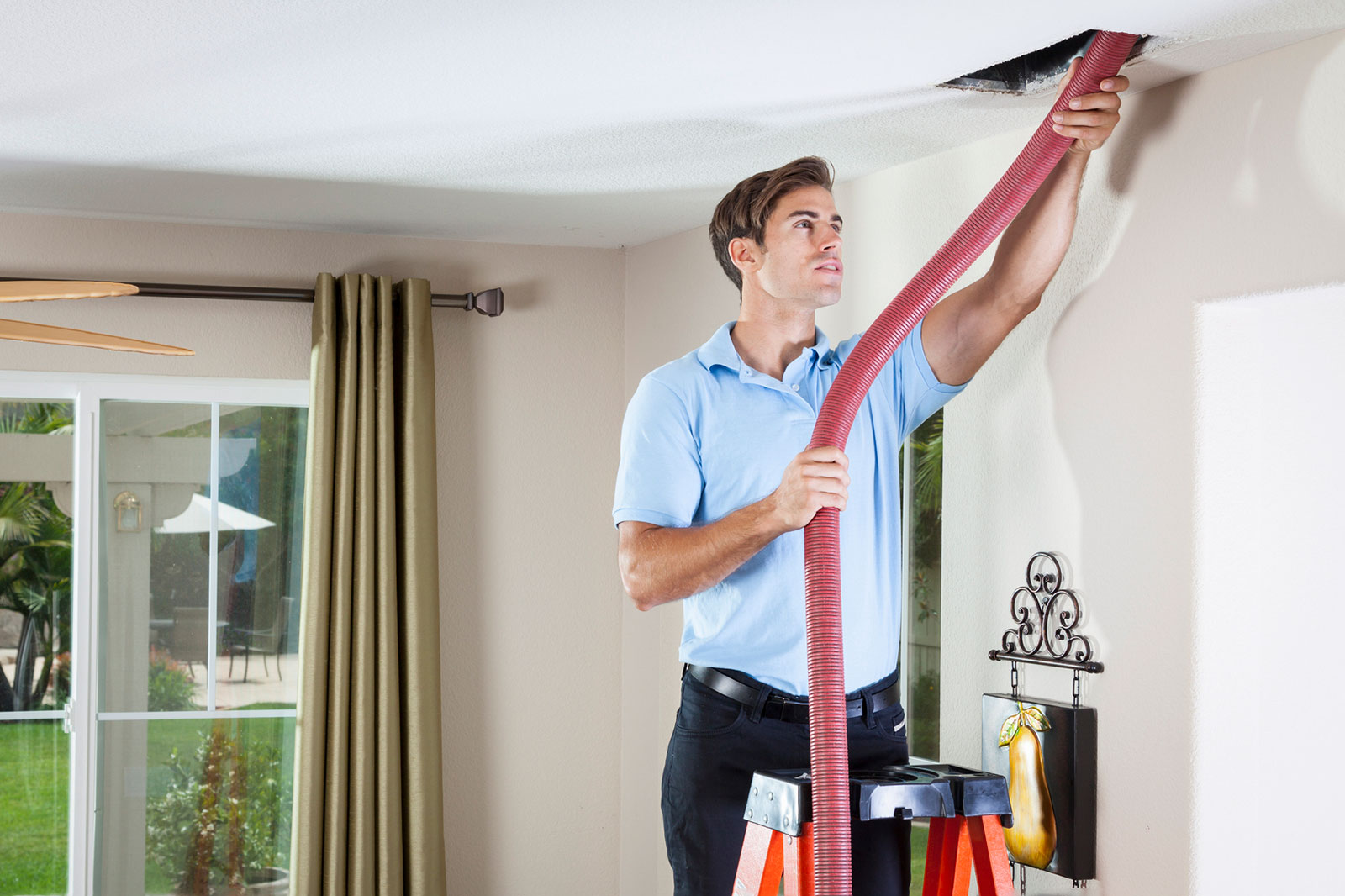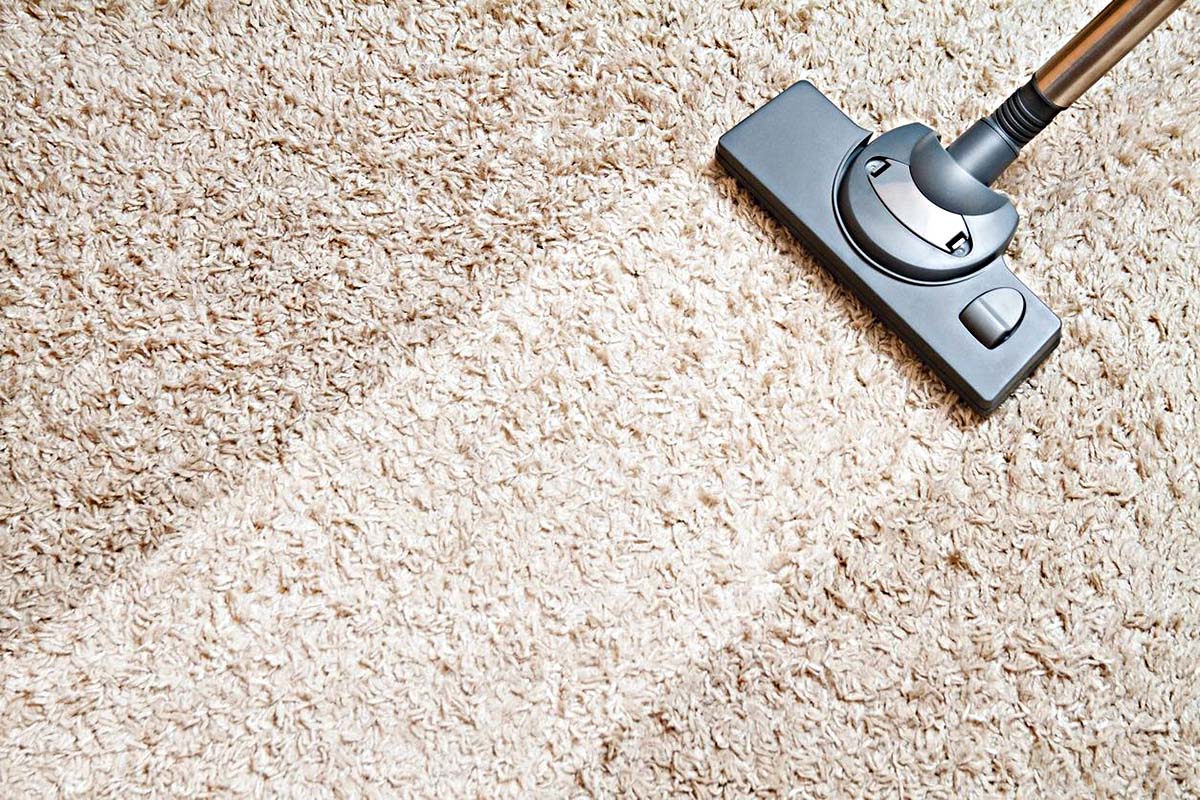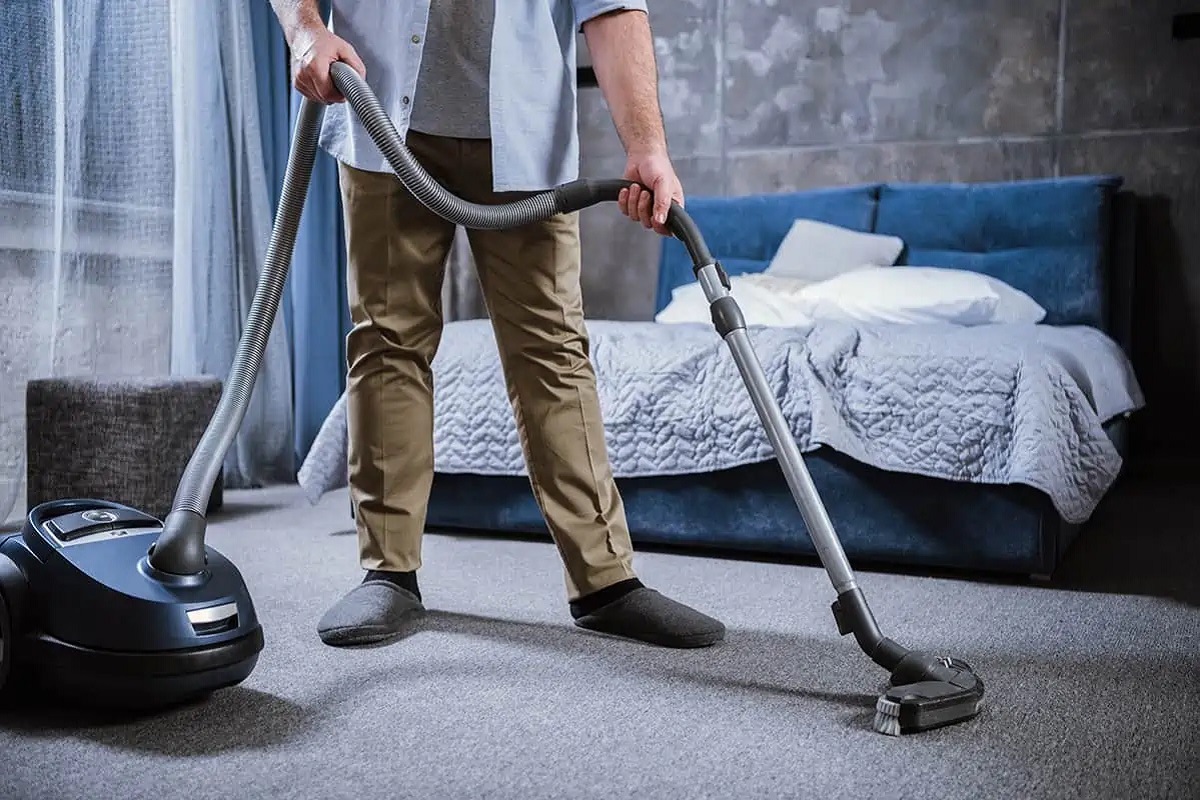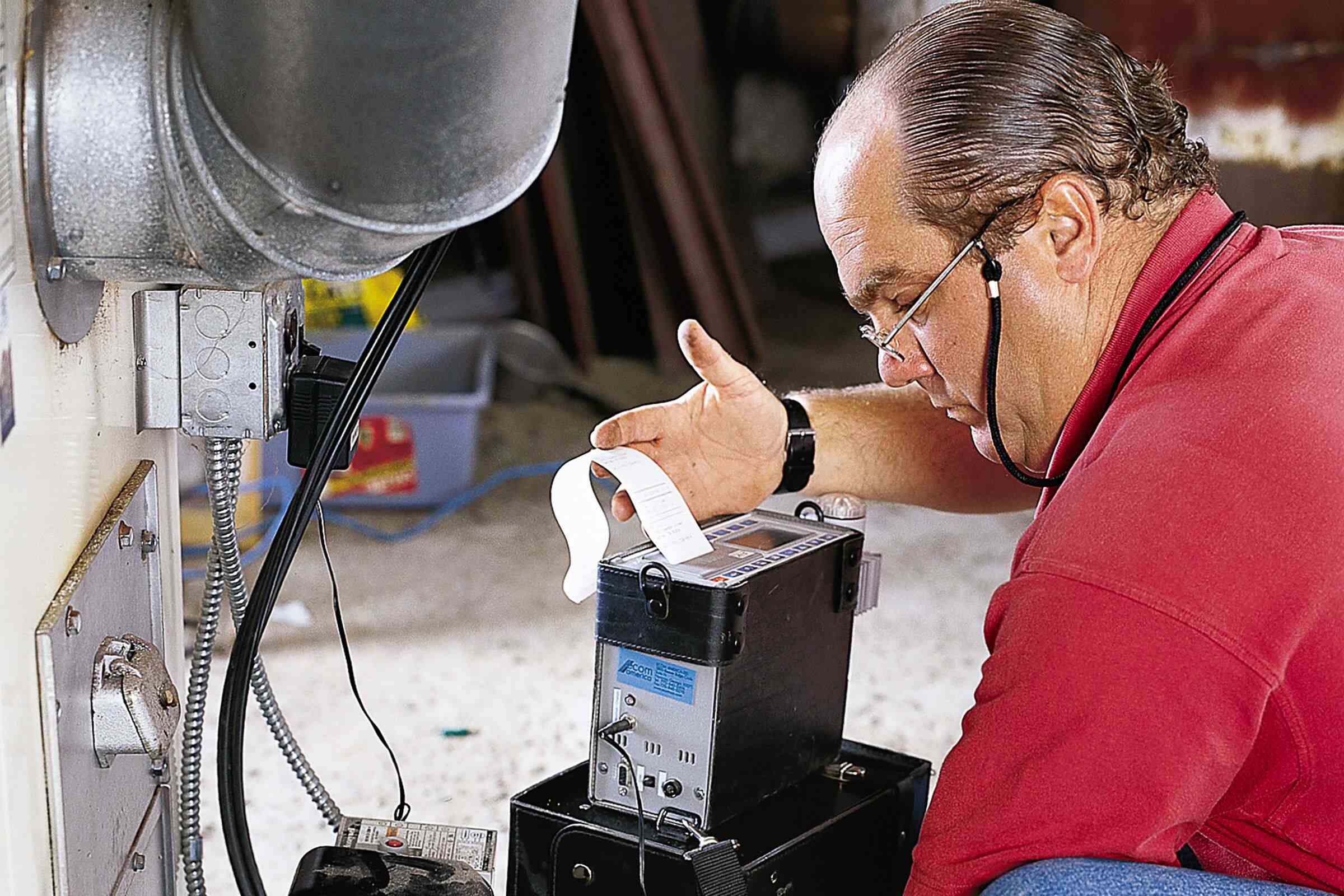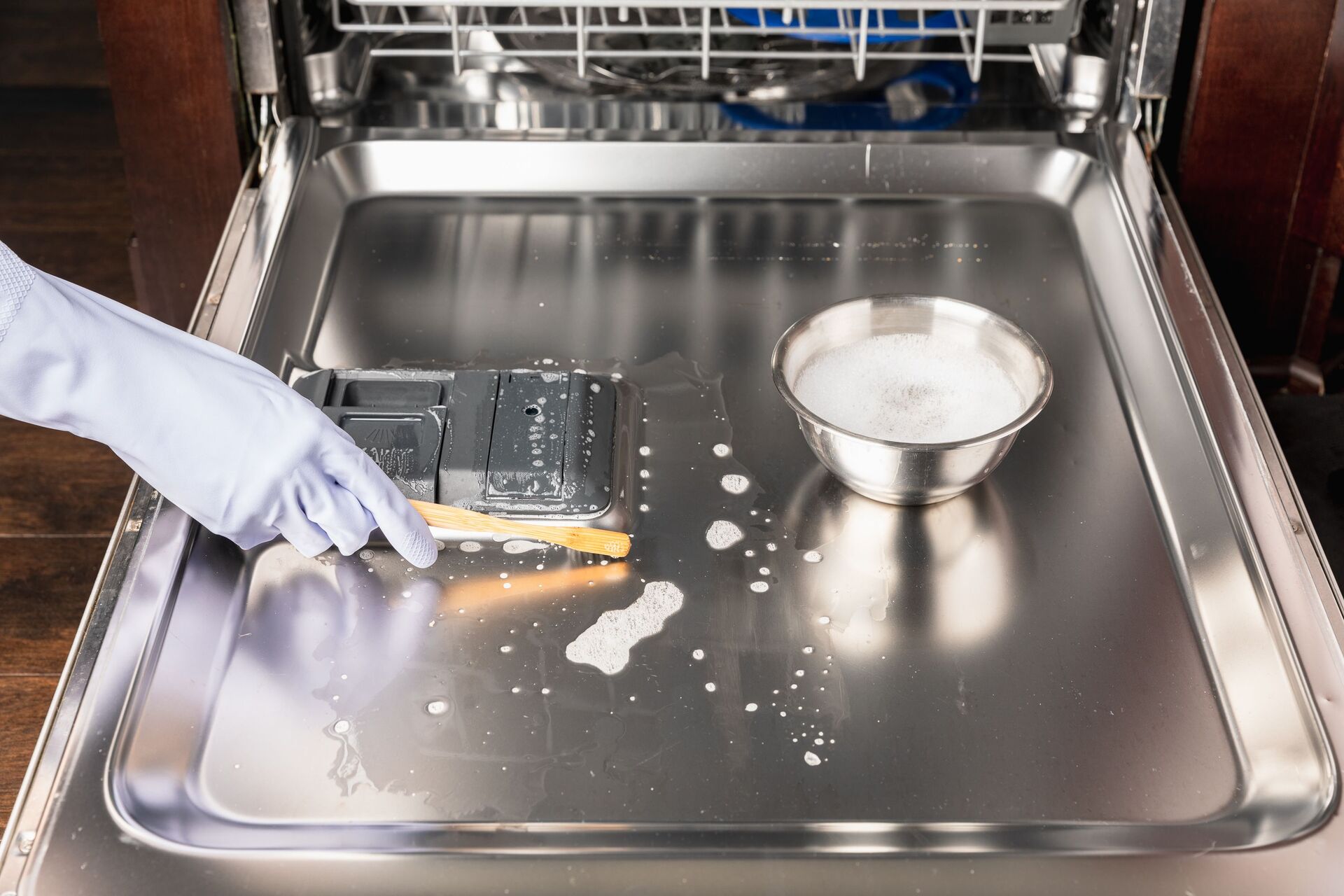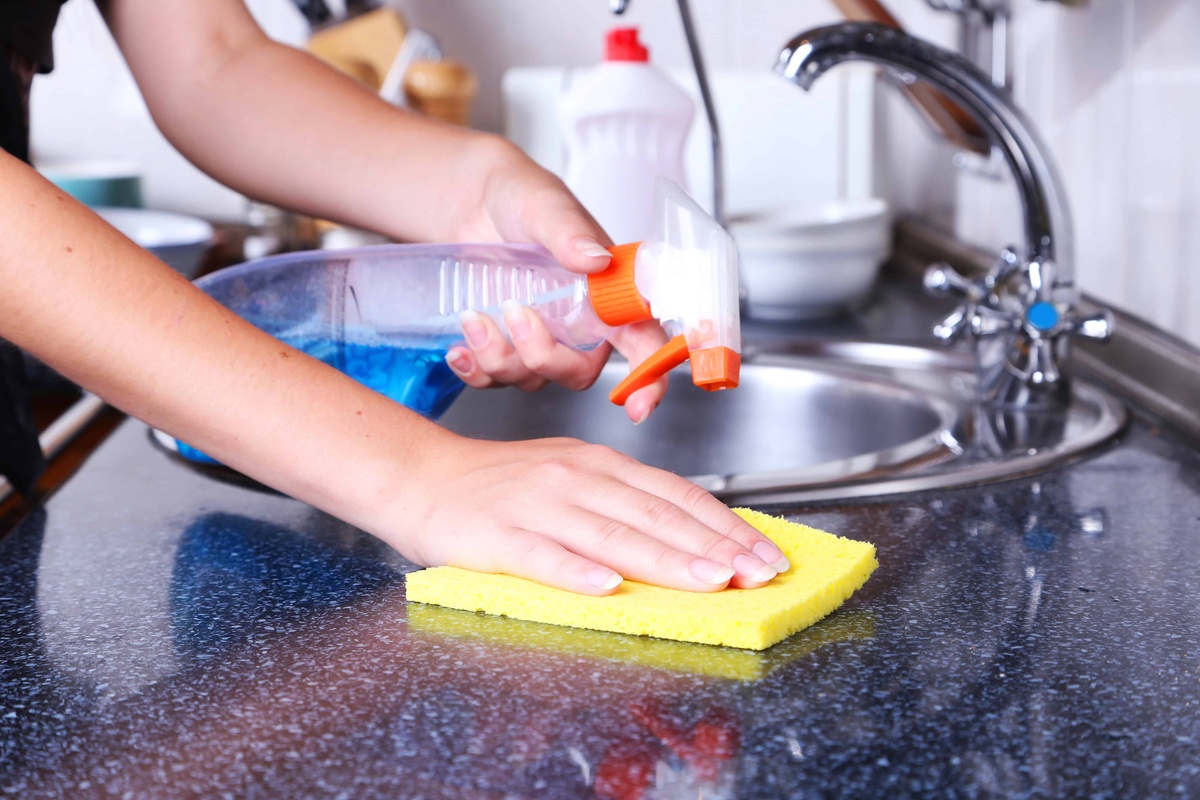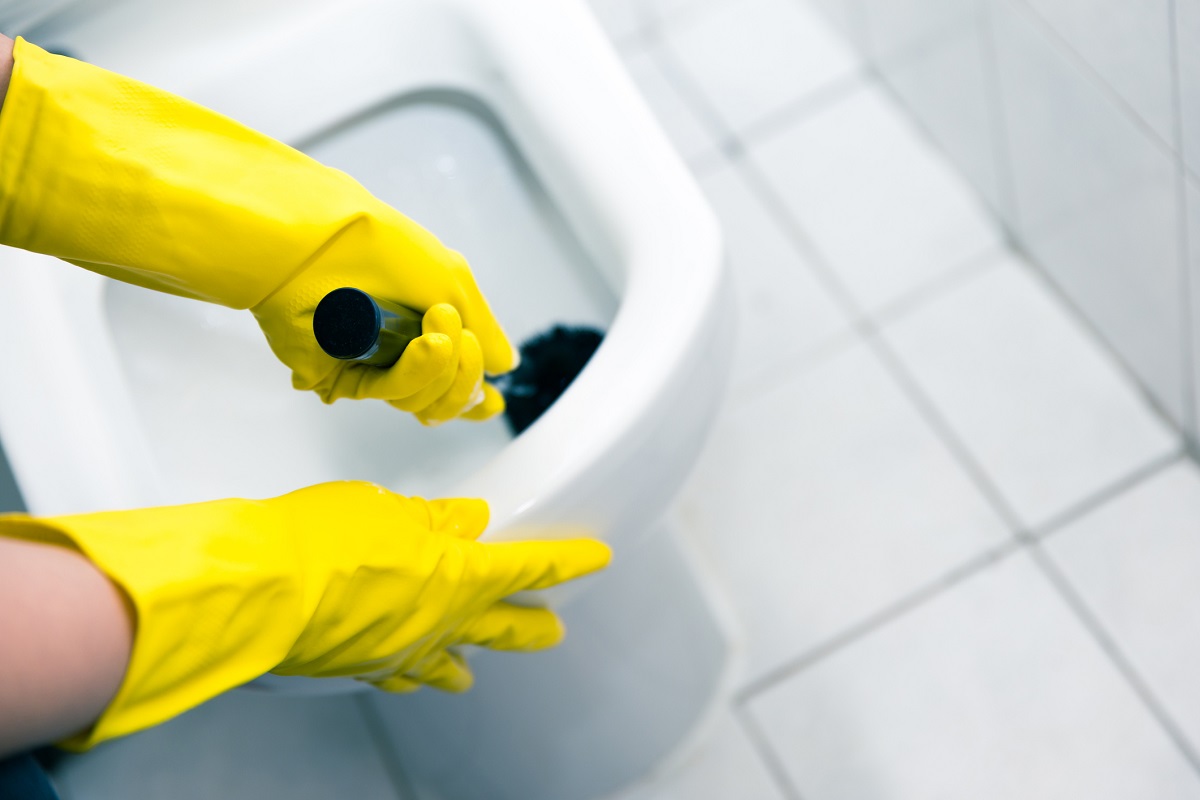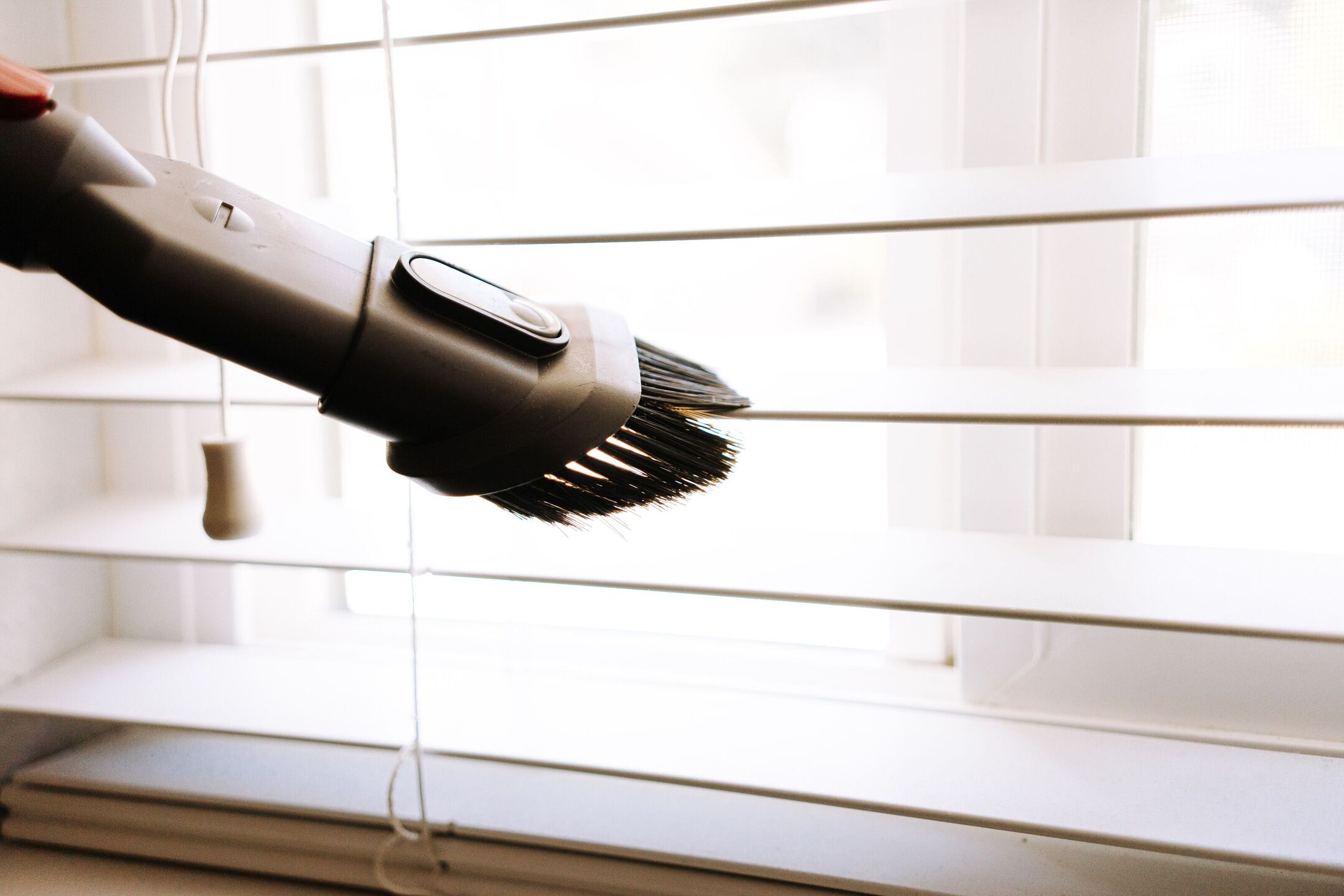

Articles
How Often Should You Clean Your Blinds
Modified: February 25, 2024
Discover the ideal frequency for cleaning your blinds with these helpful articles. Learn how to maintain cleanliness and extend the lifespan of your blinds.
(Many of the links in this article redirect to a specific reviewed product. Your purchase of these products through affiliate links helps to generate commission for Storables.com, at no extra cost. Learn more)
Introduction
Cleaning blinds is an essential task that often gets overlooked in our regular cleaning routines. However, neglecting to clean your blinds can result in a buildup of dust, dirt, and allergens, compromising the air quality in your home and affecting the overall appearance of your windows. To maintain a clean and healthy living environment, it’s important to know how often you should clean your blinds and the best methods to do so.
When determining how frequently to clean your blinds, there are several factors to consider. These include the type of blinds you have, the level of dust and allergens in your home, and your personal preferences for cleanliness. Understanding these factors will help you establish a cleaning schedule that works best for you.
In this article, we will explore the recommended cleaning frequency for different types of blinds and provide step-by-step instructions on how to clean them effectively. Whether you have wood blinds, vertical blinds, or roller blinds, we’ve got you covered. By following these guidelines, you can ensure that your blinds stay fresh, dust-free, and looking their best.
Key Takeaways:
- Regularly cleaning your blinds is crucial for a healthy living environment and pristine window appearance. Consider factors like indoor environment and window usage to determine the best cleaning schedule for your specific needs.
- Different types of blinds require varying cleaning frequencies and methods. From wood blinds to roller blinds, follow recommended guidelines to keep your blinds fresh, dust-free, and looking their best. Regular maintenance and prompt cleaning are key to preserving the beauty and functionality of your blinds.
Read more: How Often Should You Clean Your Fireplace
Factors to Consider
When it comes to determining how often you should clean your blinds, there are several factors that you should take into consideration:
- Indoor Environment: The level of dust, pet dander, and allergens present in your home can affect how frequently you need to clean your blinds. If you live in a particularly dusty area or have pets that shed, you may need to clean your blinds more often.
- Allergies or Respiratory Issues: Individuals with allergies or respiratory conditions may have increased sensitivity to dust and allergens. Keeping blinds clean can help reduce the presence of these irritants in your home.
- Window Usage: Windows that are frequently opened and closed may accumulate more dirt and dust on the blinds. Consider how often you use your windows and adjust your cleaning frequency accordingly.
- Personal Preference: Everyone has their own standards of cleanliness. Some individuals may prefer to clean their blinds more frequently to maintain a pristine appearance, while others may be satisfied with less frequent cleaning.
By considering these factors, you can determine an appropriate cleaning schedule for your blinds that aligns with your specific needs and preferences.
Different Types of Blinds and Recommended Cleaning Frequency
Blinds come in various materials and styles, each requiring different cleaning methods and frequencies. Here are some common types of blinds and their recommended cleaning frequency:
- Wood Blinds: Wood blinds add a touch of elegance to any room, but they require gentle care to prevent damage. It is recommended to dust wood blinds weekly and deep clean them every three to six months. Avoid using water directly on wood blinds to prevent warping or discoloration.
- Vertical Blinds: Vertical blinds are commonly used for large windows or sliding glass doors. These blinds tend to collect more dust due to their vertical orientation. It’s recommended to dust them weekly and give them a thorough cleaning every two to three months. Remove the blinds from the track and wash them with mild soap and water.
- Roller Blinds: Roller blinds are simple and versatile, making them a popular choice for many homeowners. They should be dusted or vacuumed regularly to prevent dust buildup. Depending on the fabric, roller blinds can be spot-cleaned or completely removed and washed every three to six months.
- Aluminum or Vinyl Blinds: Aluminum or vinyl blinds are durable and easy to clean. They can be dusted with a feather duster or wiped down with a microfiber cloth every week. For a thorough cleaning, remove the blinds and wash them in a tub filled with warm soapy water every three to six months.
Remember to always check the manufacturer’s instructions for your specific type of blinds to ensure proper cleaning and maintenance.
Adhering to these recommended cleaning frequencies will not only keep your blinds looking their best but also help eliminate dust, allergens, and dirt that can accumulate over time.
It is recommended to dust or vacuum your blinds at least once a month to prevent dust and dirt buildup. For a deeper clean, you can use a damp cloth or a mild cleaning solution every 3-6 months.
Cleaning Process for Different Blinds
Now that you know the recommended cleaning frequency for different types of blinds, let’s delve into the step-by-step cleaning process for each type:
- Wood Blinds:
- Dust the blinds using a soft cloth, microfiber duster, or a vacuum cleaner with a brush attachment.
- If there are any stubborn stains or grime, use a damp cloth or a wood cleaner specifically formulated for blinds. Lightly moisten the cloth and gently wipe the affected areas.
- Ensure that the blinds are completely dry before lowering them back into place to prevent warping.
- Vertical Blinds:
- Dust the blinds using a feather duster or a vacuum cleaner with a brush attachment.
- If there are stains or spots, spot-clean them using a mild detergent mixed with warm water. Use a soft cloth or sponge to gently scrub the affected areas.
- To deep clean the vertical blinds, detach them from the track and wash them in a bathtub filled with warm soapy water. Rinse thoroughly and allow them to air dry before rehanging.
- Roller Blinds:
- Dust the blinds using a feather duster or a vacuum cleaner with a brush attachment.
- If there are any spills or stains, spot-clean them with a mild detergent and a soft cloth. Gently scrub the affected areas and let them air dry.
- For a thorough cleaning, completely remove the blinds from their brackets and soak them in a tub filled with warm soapy water. Gently agitate the blinds, then rinse them with clean water. Allow them to dry completely before reinstalling.
- Aluminum or Vinyl Blinds:
- Dust the blinds using a feather duster, microfiber cloth, or a vacuum cleaner with a brush attachment.
- If there are any smudges or stains, wipe them down with a cloth dampened with mild soap and warm water.
- To deep clean, remove the blinds from the brackets and wash them in a bathtub filled with warm soapy water. Scrub gently with a soft brush and rinse thoroughly. Allow them to dry before rehanging.
Remember to consult the manufacturer’s guidelines and instructions for any specific cleaning recommendations or precautions for your blinds.
Additional Tips for Maintaining Clean Blinds
In addition to regular cleaning, there are a few extra tips you can follow to ensure that your blinds stay clean and well-maintained:
- Dust Regularly: Dusting your blinds on a weekly basis will help prevent the buildup of dirt and allergens. Use a microfiber cloth or a feather duster to gently remove dust from the slats or fabric.
- Use a Vacuum Cleaner: If your blinds are heavily coated in dust, you can use a vacuum cleaner with a soft brush attachment to remove the debris. Start from the top and work your way down, being careful not to snag or damage the blinds.
- Spot Clean Spills Immediately: If you notice any spills or stains on your blinds, it’s important to address them immediately. Use a mild detergent or a stain remover suitable for the blinds’ material, and gently blot the affected area with a clean cloth.
- Avoid Excessive Moisture: While it’s necessary to clean blinds, it’s important to avoid excessive moisture, especially for wood or fabric blinds. Always use a damp cloth or sponge rather than soaking the blinds in water, as this can cause damage.
- Inspect for Damaged Parts: Regularly inspect your blinds for any damaged or broken parts. Replace any cracked slats, broken cords, or malfunctioning mechanisms to keep your blinds in optimal condition.
- Seek Professional Cleaning: If your blinds require a deep and thorough cleaning, or if you’re unsure about the cleaning process, consider seeking professional blind cleaning services. They have the expertise and equipment to effectively clean and maintain your blinds.
- Protect Your Blinds: To minimize dust and dirt buildup on your blinds, consider using window treatments such as curtains or sheers. These additional layers can help to reduce the amount of dust that settles on the blinds.
By following these additional tips, you can extend the lifespan of your blinds and maintain a clean and fresh appearance in your home.
Read more: How Often Should You Clean Your Humidifier
Conclusion
Cleaning your blinds regularly is essential for maintaining a clean and healthy living environment. By taking into consideration factors such as the type of blinds, indoor environment, and personal preference, you can establish a cleaning schedule that works best for you. From wood blinds to vertical blinds, roller blinds to aluminum or vinyl blinds, each type requires specific cleaning methods and frequencies.
Remember to dust your blinds regularly to prevent the buildup of dust, dirt, and allergens. Spot clean spills and stains immediately to avoid permanent damage. If necessary, deep clean your blinds periodically to keep them looking their best. Additionally, it’s important to inspect your blinds for any damages and replace broken parts as needed.
By following the recommended cleaning frequencies and using the appropriate cleaning techniques, you can ensure that your blinds stay fresh, dust-free, and enhance the overall appearance of your windows. Don’t forget to incorporate the additional tips to maintain cleaner blinds, such as regular dusting, using a vacuum cleaner, and addressing spills promptly.
Whether you have wooden blinds, vertical blinds, roller blinds, or aluminum or vinyl blinds, taking care of them will not only improve the aesthetics of your home but also contribute to a healthier living environment. So, prioritize the cleaning of your blinds and enjoy the benefits of clean and well-maintained window coverings.
Remember, when in doubt, refer to the manufacturer’s instructions or seek professional cleaning services to ensure that your blinds are cared for properly.
With regular cleaning and maintenance, you can enjoy the beauty and functionality of your blinds for years to come.
Frequently Asked Questions about How Often Should You Clean Your Blinds
Was this page helpful?
At Storables.com, we guarantee accurate and reliable information. Our content, validated by Expert Board Contributors, is crafted following stringent Editorial Policies. We're committed to providing you with well-researched, expert-backed insights for all your informational needs.
